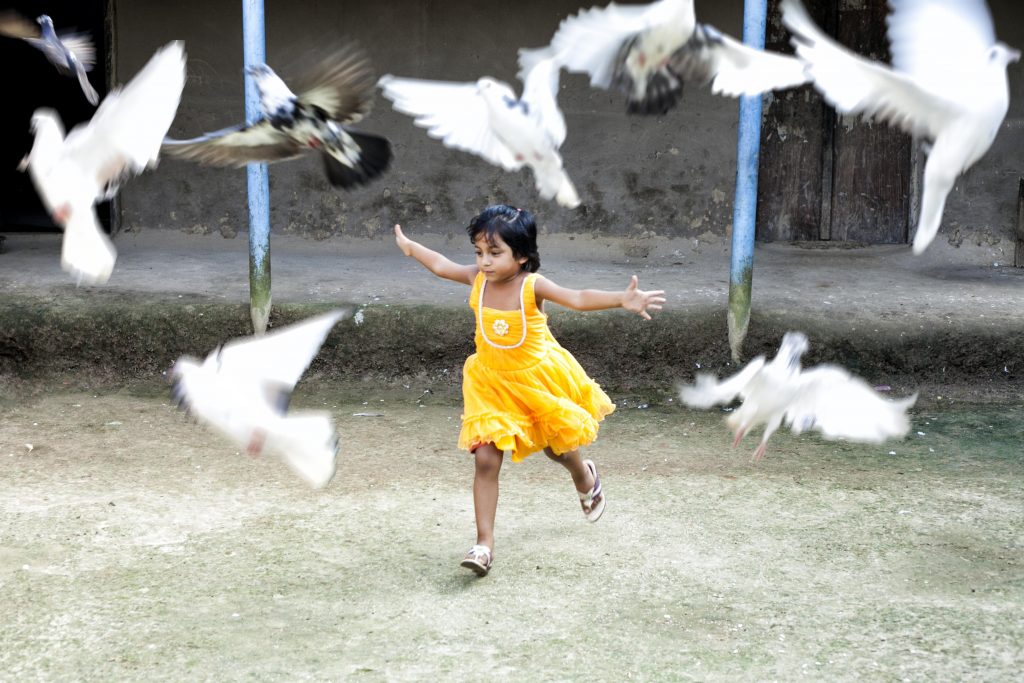The practice of child marriage adversely affects the lives of millions of girls in South Asia and Sub-Saharan Africa. In Uganda, nearly one in every two girls is married before reaching their 18th birthday. The situation is worse in Bangladesh where two out of every three women aged between 20 and 24 marry young.
While solutions to ending child marriage remain contested, evidence is building up on the social costs of this practice. Two studies presented in the recently concluded Human Capital and Growth Conference 2016 held at the World Institute for Development Economics Research (WIDER) Centre of the United Nations University in Helsinki have examined the long-term consequences of child marriage in an innovative manner.
 The study on Bangladesh, by BRAC researchers Fathema Khatoon and Abdul Alim in collaboration with Professor Niaz Asadullah of Malaya University, documents how girls are at risk of losing out in terms of numeracy skills if raised by mothers who married early. The Uganda study presented at WIDER by Naveen Sunder of Cornell University reaches similar conclusion though in a slightly different context. The study finds that delaying marriage among mothers leads to better health outcomes among children. Together, these two studies once again remind us of the harmful effects of early marriage which, if unaddressed, would affect human development outcomes across generations.
The study on Bangladesh, by BRAC researchers Fathema Khatoon and Abdul Alim in collaboration with Professor Niaz Asadullah of Malaya University, documents how girls are at risk of losing out in terms of numeracy skills if raised by mothers who married early. The Uganda study presented at WIDER by Naveen Sunder of Cornell University reaches similar conclusion though in a slightly different context. The study finds that delaying marriage among mothers leads to better health outcomes among children. Together, these two studies once again remind us of the harmful effects of early marriage which, if unaddressed, would affect human development outcomes across generations.
More scientific studies will certainly help mobilise public opinion against the practice of early marriage. But developing country governments must also respond to the growing global concern by drawing up an effective strategy to tackle the problem.
On 16 June 2015, the Government of Uganda launched its first ever National Strategy to End Child Marriage. While Bangladesh is yet to introduce any comprehensive national programme to tackle the problem, the two countries share some important institutional barriers to regulate marriage timing. Poverty rate is high in both countries. The rule of law is weak; most births are not registered on time, particularly in rural areas. Governments in both countries sought a legal solution to the end the problem of child marriage. In Uganda, the minimum age of marriage in Uganda is 18. But a girl can marry at 16 with parental consent. Yet this flexibility in marriageable age has not made any difference to the practice of early marriage. In Bangladesh, it is often alleged that adolescents in rural locations elope to marry early, and in doing so, they dishonour their family. Therefore the draft of the Child Marriage Restraint Act 2014 proposed an amendment to make the law similar to that in Uganda which will give Bangladeshi parents the option to marry off their daughters at age 16 by the approval of the court.
The experience of Uganda and Bangladesh suggest that legal measures and economic development per se are not enough. Policymakers therefore must address the root cause of the problem instead of contemplating legal options such as allowing marriage before 18 with parental consent. In Bangladesh, launching a national strategy similar to Uganda’s can be the way forward. Policy emphasis should be on empowering adolescents irrespective of their socio-economic status, through institutional as well as non-formal education. NGOs like BRAC have already developed such interventions in the form of youth clubs in Uganda and Bangladesh. Lessons from these initiatives will help in developing a comprehensive national framework to end child marriage.
M Niaz Asadullah is a professor of development economics and deputy director of the Centre for Poverty and Development Studies (CPDS) at the University of Malaya.
Fathema Khatoon is a senior research associate at BRAC’s research and evaluation division.
Md Abdul Alim is a research fellow at BRAC Afghanistan.
This blog post was first published on BRAC blog.

